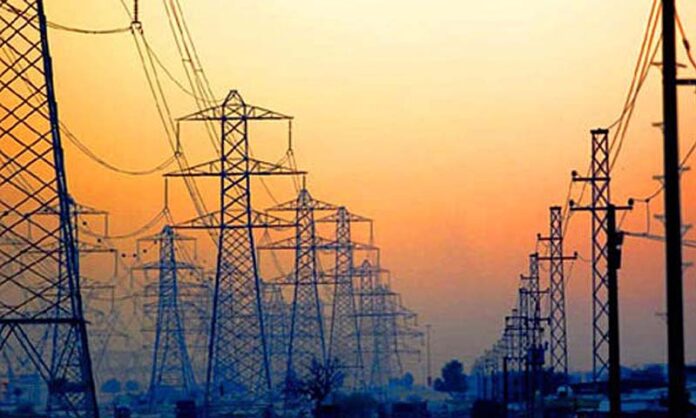ISLAMABAD: The Executive Board of the International Monetary Fund (IMF) has indicated that there would be a further increase in electricity prices in Pakistan from January next year in order to pay the idle capacity payments to the power producers.
“For the second quarter of Financial Year 2020, an adjustment in power tariff will take place by end-January 2020,” the review report said.
In the last fiscal year, Rs465 billion were added into the power sector circular debt, the IMF noted, adding that the total debt as of end-September 2019 has increased to Rs1.69 trillion.
As per the report, the government already increased by 5pc power prices in September and then 2pc again in November. “The government will also amend the NEPRA Act to reintroduce the powers to slap debt servicing surcharges. This will be done before the end of this month.”
The IMF has estimated annual circular debt servicing costs in excess of Rs100 billion, which it wants to be recovered from honest consumers and to compensate for theft.
As per the report, the power sector has long been a significant constraint on growth in Pakistan. Over the past decade, the power sector has been characterized by a significant demand-supply gap, manifested in frequently-scheduled power outages (load shedding).
“The amount of new circular debt was Rs465 billion, with around 1/3 of this amount coming from the inefficiencies in the DISCOs described above. Another significant source of circular debt, over 40pc of the accumulation, comes from policy decisions related to the provision of unbudgeted subsidies, government-provided subsidies that remain unpaid as there is no allocation in the budget, and delays in tariff notifications, whereby the government does not proceed with timely notification of tariffs,” the report said.
Against the challenges in the power sector, the authorities have prepared a comprehensive circular debt reduction plan. The plan, prepared in consultation with IMF staff and other international partners, aims to reduce the annual flow of circular debt from the current level to around Rs50–75 billion by FY2023 through improved collection and reduction in losses, streamlined tariff updates, and rationalized subsidies.
Monitoring of the plan will take place through implementation reports published by the Ministry of Energy. Key measures of the plan include: National Electric Power Regulatory Authority (NEPRA) Act will be amended to (i) give the regulator the power to determine and notify quarterly tariffs; (ii) ensure timely submission of tariff petitions by the DISCOs; (iii) streamline the notification of annual tariffs by the government; and (iv) reintroduce the power of the government to introduce tariff surcharges to stem the accumulation of arrears.
Amendments to the NEPRA Act are expected to be submitted to parliament by end-December 2019.
“Timely updating of tariffs. Until the process of adjusting quarterly tariffs becomes fully automatic, the government will continue to notify tariffs for capacity payments on a quarterly basis shortly after the end of the preceding quarter. For example, the Q2 FY 2020 adjustment will take place by end-January 2020,” the reported added.
Regarding Rightsizing of subsidies, the IMF says energy sector subsidies are very poorly targeted, requiring significant cross-subsidization in the tariff-thus increasing the level of tariffs on all consumers-and sizeable budgetary allocations. Recognizing these costs, the authorities plan to revisit all government-provided power sector subsidies so the FY 2021 budget reflects better targeting of the subsidies provided to residential consumers, industrial sectors, and the agricultural sector.
The authorities, together with international partners, are designing a strategy to settle the stock of arrears while limiting the impact on government finances. The plan envisages the following steps: (i) the government will issue new guarantees to transfer costly CPPA payables to IPPs into the PHPL; (ii) the government will absorb PHPL into its budget, fully recognizing the liabilities in PHPL as debt of the government and taking over the servicing of the loans contained in PHPL; and (iii) the government will reduce the stock of outstanding payables through the use of power assets privatization proceeds, recoveries from the outstanding stock of receivables, the existing debt servicing surcharge, and the rightsizing of sector-related subsidies.





[…] started to save a bit more. There are headlines around ‘Naya Pakistan Housing Scheme’ and the circular debt related to electricity production and distribution (both topics we can cover in detail later), but […]
[…] started to save a bit more. There are headlines around ‘Naya Pakistan Housing Scheme’ and the circular debt related to electricity production and distribution (both topics we can cover in detail later), but […]